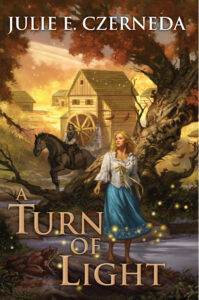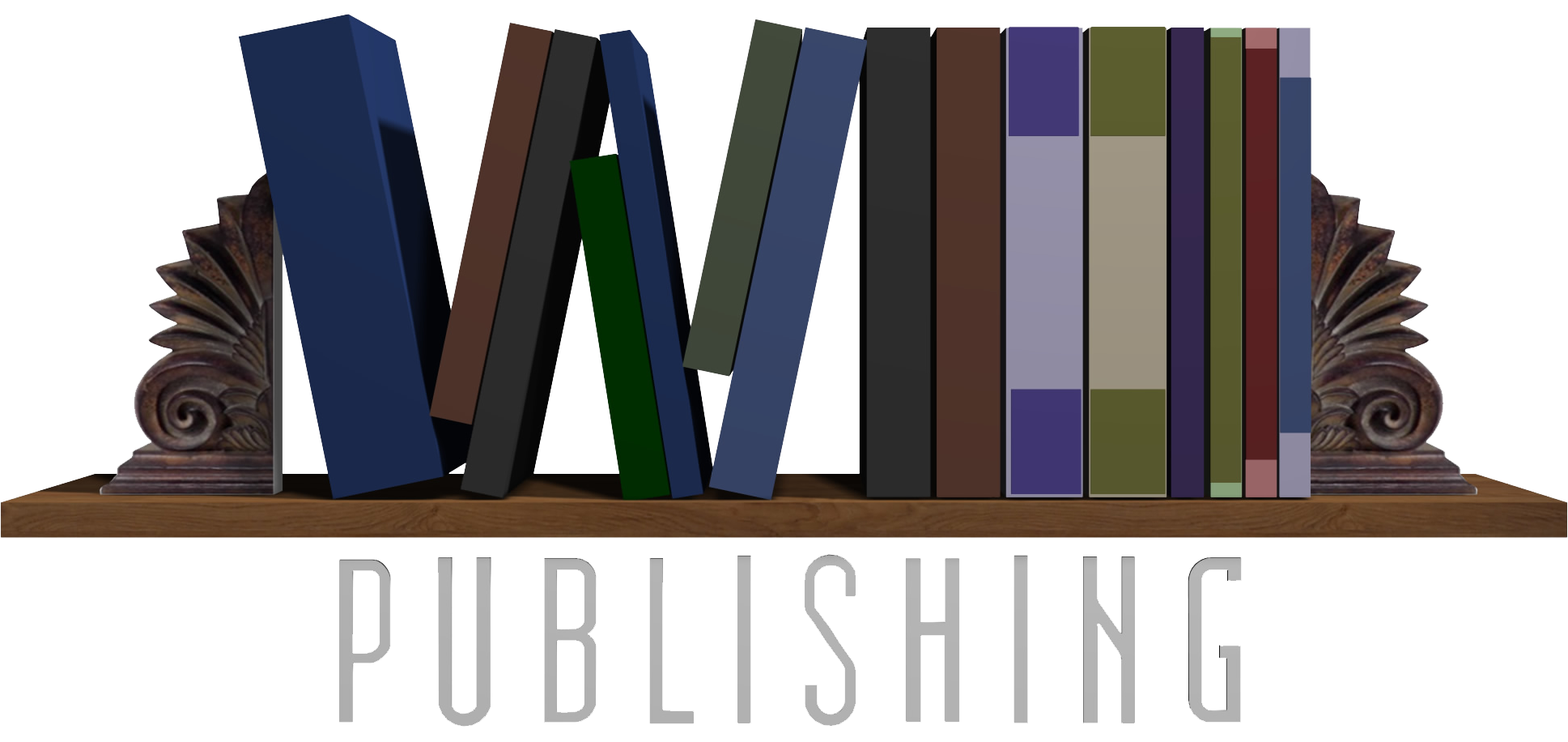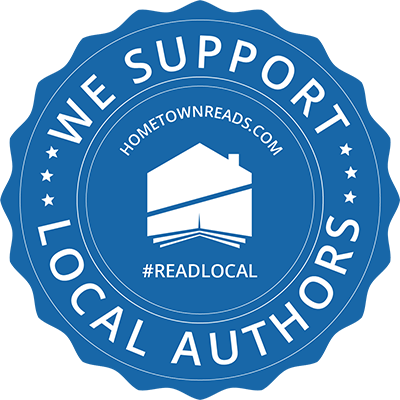I met Julie and her husband a few years back, when she came to visit Green Bay. It was a fun afternoon of laughter and stories. She is one of the nicest people I have ever met, and her novels and short stories are extraordinary! We are thrilled to have her with us today. Please welcome Julie E. Czerneda to The Editing Essentials.

Canadian author and editor Julie E. Czerneda transformed her love and knowledge of biology into science fiction novels (published by DAW Books NY) and short stories that have received international acclaim, multiple awards, and best-selling status. Know of her Clan Chronicles series or a fan of Esen the Blue Blob? Just out is something completely different, Book One of her new Night’s Edge series, Julie’s debut (and really fat) fantasy novel, A Turn of Light. There are toads. For more about Julie’s work, events, and treats, please visit www.czerneda.com or find her on Goodreads or Twitter @julieczerneda.
Leaping Toads or a Leap of …?
In the fall of 2009 I remade myself. In a writerly sense. Not that I felt there was anything wrong with the original writerly me, but I was set to leap into my first full-length, no holds barred, give me dragons or no chocolate for you fantasy novel and, well, that would be different.
Should be different, in my estimation.
Elsewhere I’ve talked about building a scale model first and my research, but here I want to tell you more about how I changed the writerly me. For I did. An obvious place to start was my office. I like my office. I love my chair and clever footrest thingie Roger made me and all the rest. That said, what I could change, I did. Down came my wall collection (body parts were among them) and up went painted silk. (I can hear you laughing, Russell.) Away when the memorabilia from cons past — and bones — to be replaced with statuettes of dragons and horses. I’d had some of those since I was little, but they’d not been allowed in my office till now. I refused to use any playlist from a previous work. And yes, it’s true. I wrote the first few thousand words by candlelight, said candles being red and held in dragon claws. Any notes? Done using a fountain pen I’d put aside to use for this book and no other.
Why?
I didn’t want to write fantasy like a science fiction author dabbling at it. I wanted to be a fantasy author. A real one.
Okay, and there was also the hilarious fun of it all — which it was, trust me. Surrounding myself with toads — and rose petals — and little white pebbles. Being able to shout “I don’t do dishes anymore. I write FANTASY!” never got old. (On my side of it.) I’d walk away from the writing at whim, because, yup, “I write FANTASY!” and that entitled me to as much whim as I wanted. Especially gardening whim, because, hey, I might find a toad. There was wine whim, when going over notes.

Unlike my previous work ethic, I allowed myself to indulge in rereading favourite passages whenever I felt like it, which was often. Though I’d been ruthless before, now I deleted what I didn’t like without a care. Tens of thousands of words at a time. Pop! Gone. Looking back over my day-before word counts, there were weeks I’d write prodigiously yet have a negative sum. For some strange reason, I was happy about that. When I blew past my previous word length for a novel at less than half done? I did confirm that was okay with my editor, Sheila Gilbert, but really, I didn’t care. “I write FANTASY!” Muhhahhaaa With toads!
The result was A Turn of Light, of which I’m extraordinarily proud and fond. It’s long, lush, and full of my favourite stuff. And, in the opinion of those I trust to know, it reads as though written by a fantasy author.
Hurray! I’d remade myself!
Or had I?
Earlier this week, I read a very thoughtful review of Turn on Goodreads, where the reader (Karen) made this point: “Fantasy offers a writer the freedom to invent an entirely new reality, not dependent on the our (known) universe’s laws of physics and other constraints on our reality. But I think it also requires more discipline, too – the writer must then make sure that everything in the book conforms to the rules of the invented reality…Czerneda may have an advantage over some other authors going from science fiction to fantasy, because in her sf novels, she always creates aliens with a richly detailed, “invented” biology, and then bases their behavior and culture on the “rules” imposed by that biology. That seems to require a similar form of discipline.”
Oh.
I’d considered my science fiction writerly-self to be an impediment, not a help, going to admittedly silly extremes to shed old habits. Hindsight being a lovely thing, I realize now what I actually did was use my training as a behavioural scientist on myself. I created a stimulating work environment and approach for this particular story, as I’ve done far less consciously for each and every one of them. As for the science fiction? The attention to detail in worldbuilding Turn is no less or more than I’ve given to Survival or Beholder’s Eye or Reap the Wild Wind or any other.
It seems I’d simply given myself permission to have blatant fun on the job. It shows in the work. A leap indeed and one I’m glad I made.

Now it’s your “turn,” fine folks. The science fiction writerly-me and the fantasy writerly-me, apparently the same person after all, are here and happy to answer your questions.
Giveaway: Post a comment or question today for Julie on the blog to win a copy of A Turn of Light.
Thank you, Julie, for being our guest today. Julie will be checking in throughout the day, so please feel free to post a comment or question for her. Thank you!



Julie, what inspired you to write your first fantasy novel? After years of writing (wonderful) science fiction, I’m just curious what sparked the change.
I’ve described it as satisfying an itch. Most of my stories begin because I’m not satisfied in some way: with other answers, with other approaches, definitely with other endings. I know what I like. I’m beyond fortunate that splorting forth what I like keeps me fed too.
Though I’ve read many wonderful fantasy books, of diverse styles and types, I hadn’t seen what I really really liked for a very long time. Gentle. Whimsical. Where being true to who you were and taking care of those around you was what mattered most. Where dragons were perilous and wise, in their way. Where toads advised and horses ate rabbits. So I wrote one. For me. And for you.
And I loved it! Can’t wait to see what you do next.
Thank you!
I’d heard about the fountain pen, and the office redecoration, but not the interior wine/freedom/deletion-with-abandon parts. Do you have any other recommendations, behaviorally-speaking, for other folks wanting to make a drastic change?
(It seems once read, Turn never leaves you — the scenes are painted on the insides of my eyelids to revisit at any time. And ears and nose and… Wonderful.)
Hi Caryn! What a lovely compliment to TURN. ::hugsandgrinsabound::
More behaviour hints? Hmm. Shaking things up has always helped me, whether starting a new project or simply to push up my own energy level. Spin the desk 180 degrees. Move, if possible, to a different room. Try working at a different time of day. Exercise first, that’s a big one. Lie down, with a notebook handy, in a sunny spot and noodle at plot. Or in a bubblebath.
Identify distractions too. Like everyone else, I have Real Life that can get in the way of writing. Sometimes a change there is more important to the process than in the office. I’m prone to phoning first, to get by that niggling feeling about how someone’s doing or where something is I’m waiting for.
Another trick I use, sparingly, is to bring a box into my office and put EVERYTHING in it that doesn’t have to do with the story. The box gets a label then is plopped in the closet. Drastic, but effective. (And I find the oddest things months later …)
This help?
Yes! Thank you. I even made a cheap version of the scuba diver’s writing pad using a pencil and the back of a For Rent type sign from Staples — toothpaste or a Magic Pad takes off the pencil afterwards, and water doesn’t get in the way. This will work.
That’s BRILLIANT!!! I want one.
Is A Turn of Light a stand alone novel? Also will you be writing more fantasy novels, what can readers be expecting to see from you in the future ((example current/upcoming projects)?
Hi Van!
TURN was written as a standalone and still works that way. My editor loved it so much, however, that the very first thing she said to me upon reading the first draft wasn’t about corrections. It was, “There’s a sequel, right?” I was delighted to say yes, because I’d created a huge world to play in and I won’t deny as I wrote TURN I was also hoping to be able to stay in it a while longer.
What I’m writing now, therefore, is that sequel. It’s called A PLAY OF SHADOW and picks things up within a couple of months of the end of TURN.
Way back, however, I’d sold a novel to DAW based on my novella “Gossamer Mage: Intended Words” published in Baen’s Universe. That’s a standalone. I’m not sure when I’ll write that, or the next Esen title (yahoo!), because readers of my Clan Chronicles (SF) series have been exceedingly patient waiting for the final trilogy of that, Reunification. My plan, at this moment, is to write those after PLAY. Plans do change, but I’m hoping this won’t.
I’m happy to know that TURN will have a sequel. (I’m also looking forward to the Clan stories. They’re exciting.)
Thanks, Liz!!! Hey, see you this weekend!
Great news! 🙂
Thanks, Van!
Hi Julie. First I want to say I LOVED “Turn”. The setting is so vivid. I know you built a model of the valley but I wonder, did you base it on real life place or make it all up? Really knowing my settings have always been hard for me. Do you have any steadfast rules when you create your settings?
Thanks, Tina!! How delightful to hear.
I made it up, but based on what I knew, if that makes sense? There are valleys like Marrowdell, less the Bone Hills, along our route to Ottawa. The Haliburton Highlands area and over towards Renfrew. The difficulties faced by the settlers there were the sort that worked well for my story too. The winters. The harsh landscape. The distance from city comforts etc. But still how they managed.
The local area, the village, was made up, again, using what I’d learned. I wandered around a series of similar buildings in a pioneer village, then added in all I’d learned about mills to come to a final layout. Plus I wanted Jenn Nalynn to have a lovely, friendly home, where she’d see everyone as she ran along the road.
The new landscape, the Verge, was all imagined. The new book, PLAY, will have a setting based on the Riverwalk of San Antonio, if you’ve ever been. Take a look at Roger’s photos of it from his show at http://www.czernedaphotography.com and you’ll see why.
As for rules? I think the only one I always follow is to know more of the place than I’ll need to show in the story. Every community has connections outside in the real world. I think fictional communities feel more real when you give them such connections.
Thank you so much for the reply. It does help.
I’ve been a huge fan for many years and I can’t wait for the next book in this series (& the clan chronicles). Congrats on everything.
You are most welcome. Thank you! (By the way, have you found all the short stories scattered at http://www.czerneda.com? I was a little too clever and hid them behind the steampunk suitcases.)
Is the ARC very different from the final published book?
The physical books are very different. The ARC has this great paper, but it’s thick and heavy and sometimes the binding won’t hold it. The published book has lighter paper stock, with ragged edges, so the binding is lovely and tight. Plus it falls open in your hands. I love that.
The published book has French flaps as well, like a book dust jacket, so you have more information plus my photo 😉 The back cover copy of the ARC has been replaced by blush-worthy quotes.
As for the text? Really no. I tweaked something about hay delivery and my editor pointed out that I had Jenn climbing back into bed in a dirty nightdress, which I fixed, but that’s all. The copyeditor was wonderful and did a thorough job. She added commas and caught a couple of things, but the manuscript was already clean.
Thank you. Think I’ll get the longer-lasting version as well, then. Especially since I’ll be rereading it this summer.
::happyauthor::